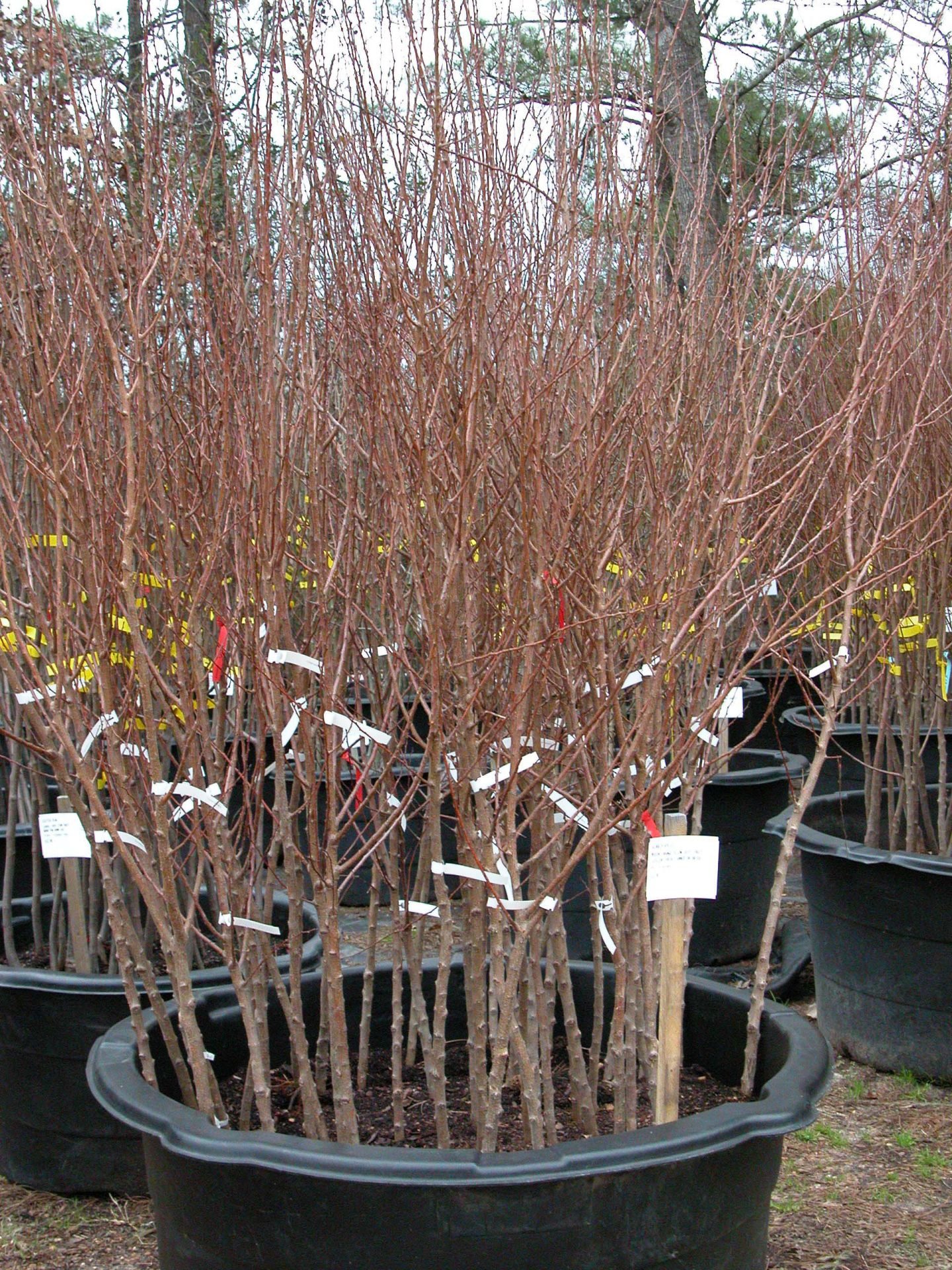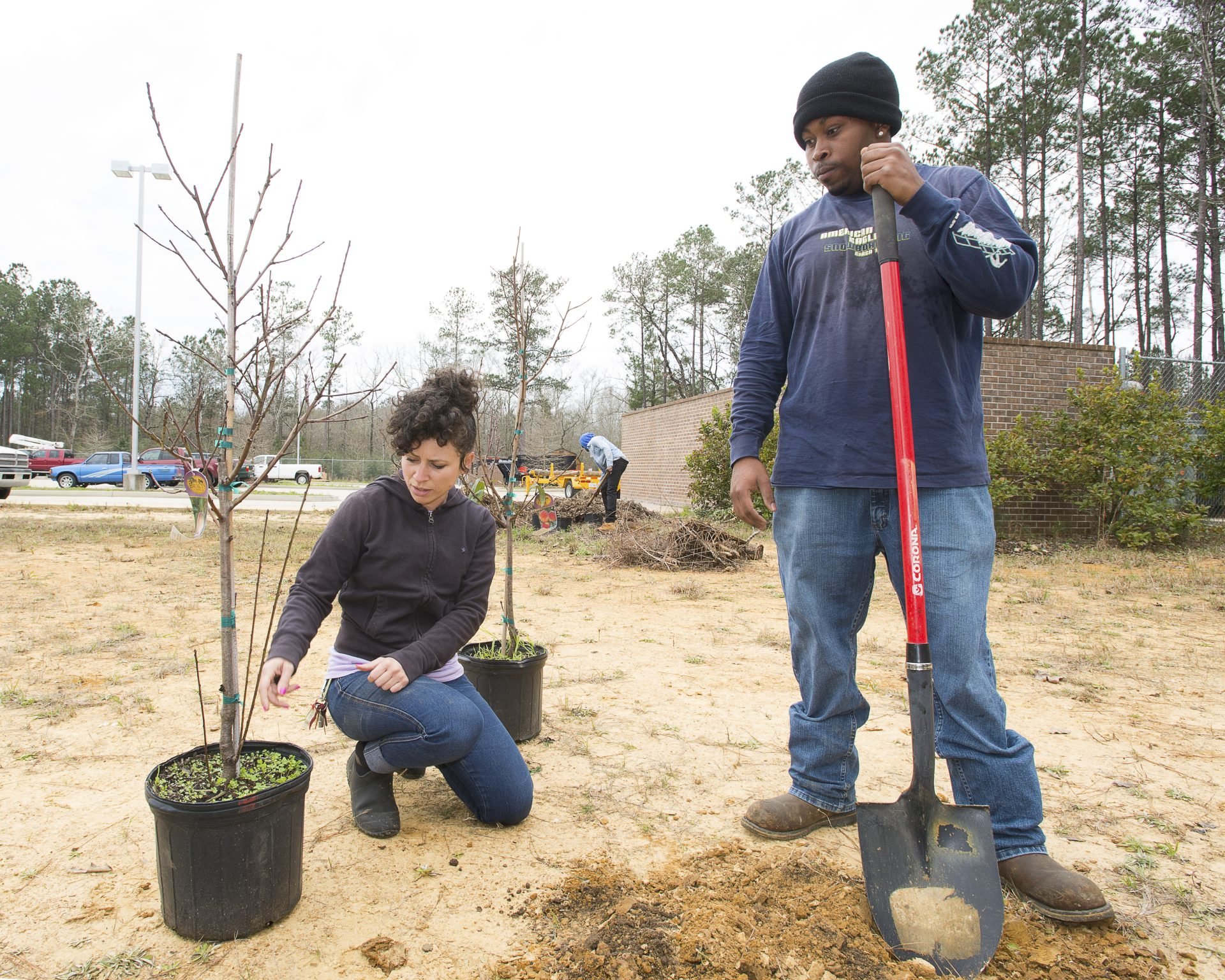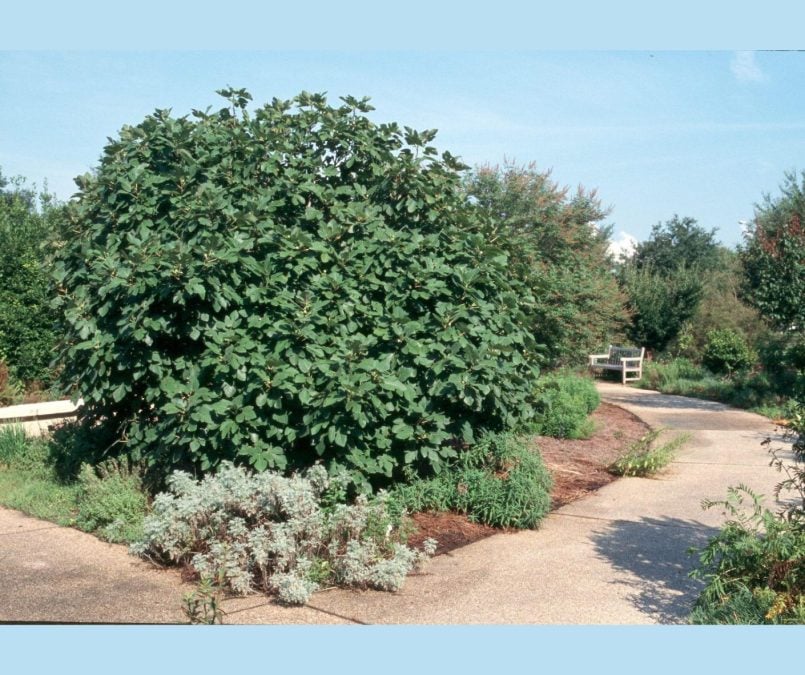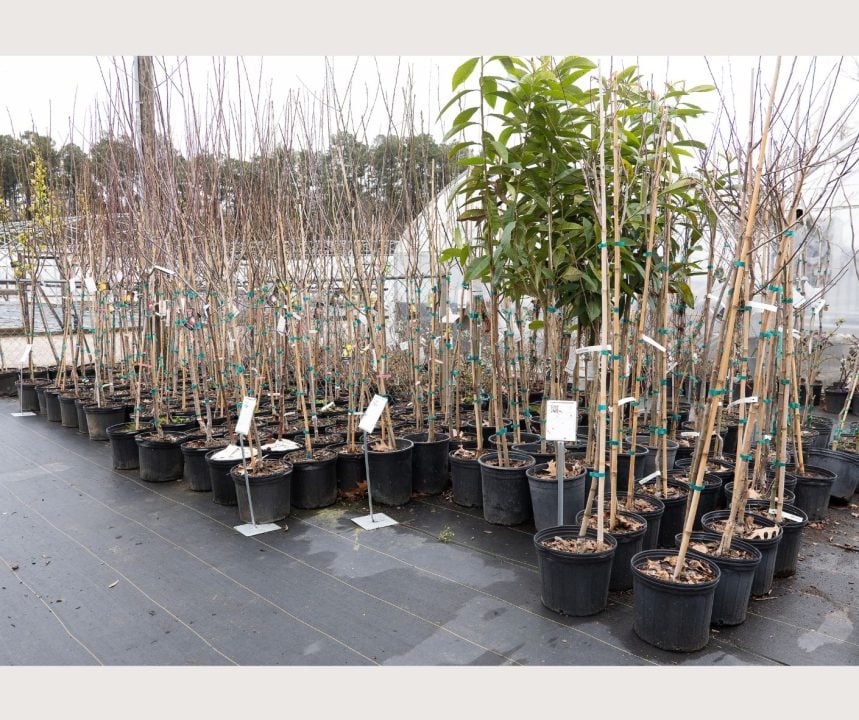
The National EMS Academy offers next EMT class, available in Thibodaux
February 7, 2025
Blondie Balloons brings a touch of Houma to the Super Bowl LIX festivities
February 9, 2025By Dan Gill LSU AgCenter Horticulturist
February is a great time to plant hardy fruit trees, bushes or vines in your landscape. Local nurseries should have an excellent selection of these plants newly arrived for planting in late winter and early spring. Careful attention needs to be paid to selection, planting, growing conditions and necessary care.
As a rule, plants we grow for fruit require full sun, excellent drainage and room to grow. Find out the mature size and proper spacing of the fruits you want to grow, and take all of this into consideration when locating them in your landscape.
The cultivars of fruits you choose must be adapted to the mild winters of the Deep South. Always check that the cold you normally get in your area will satisfy the required chilling hours for the fruit you are considering. Chilling hours are the accumulated hours below 45 degrees that occur during winter. This will vary depending on where you garden in the state — north Louisiana gets more chilling hours than south Louisiana.
You must also know whether the fruit you want to grow is self-fruitful or requires a pollinator. Self-fruitful plants will pollinate themselves, and you only need to plant one. Plants that require a pollinator will not pollinate themselves, and another plant of the same type of fruit, but a different cultivar, must be planted for cross-pollination and reliable production.

Fruit plants in a nursery are ready for planting. LSU AgCenter file photo.
The fig is one of the most commonly planted and easily grown fruit trees in our state. The Celeste fig is the cultivar most gardeners grow because of its reliability. Other good fig cultivars for Louisiana include Southeastern Brown Turkey (fruit similar to Celeste but more prone to splitting and souring), Florentine (large yellow fruit), LSU Purple (medium-size reddish to dark purple fruit) and LSU Gold (large yellow fruit).
Fruiting pears produce beautiful displays of white flowers in February and delicious fruit in August. The variety Pineapple is popular for its quality fruit — better for cooking than fresh eating — and resistance to fire blight. Other pears to consider include Baldwin, Garber, Orient, Kieffer, Biscamp and LeConte. It is best to plant two different cultivars to ensure pollination and good fruit production.
Japanese persimmons are low-maintenance fruit trees that rarely, if ever, need to be sprayed. The major problem is fruit drop, which is generally worst the first five years after you plant the tree and then improves as the tree matures. Recommended Japanese persimmons include Tanenashi, Hachiya (harvest these two cultivars when the fruit is very soft), Tamopan, Fuyu and Suruga (these three cultivars are non-astringent and can be eaten when the flesh is crisp). Only one tree is needed for production.

Stephanie Elwood, left, of the Southern University Ag Center, gives instructions on how to plant a tree on Feb. 17, 2017, at the Florida Parishes Campus of the Northshore Technical Community College in Greensburg. Several students from the college helped plant a variety of fruit plants in what will become an orchard that the school’s culinary program can use. Photo by Olivia McClure/LSU AgCenter.
In areas of the state with acid soils, blueberry bushes are excellent for small gardens as they stay much smaller than most fruit trees. Recommend cultivars include Tifblue, Woodard, Climax, Premier and Choice. Southern highbush blueberry cultivars, such as Cooper, Gulfcrest, Blue Ridge and Cape Fear, may also be planted. Blueberries are self-fruitful, but planting more than one cultivar improves production and quality.
Blackberries — or brambles — are relatively care-free to grow, with the major task being annual pruning after harvest. Trailing types, such as boysenberries, dewberries and youngberries, must be trained to a trellis or other support. Erect types include Navaho and Arapaho (these two are thornless), as well as Brazos, Shawnee and Rosborough. Blackberries are self-fruitful.
Citrus trees are commonly planted in south Louisiana (although adventurous gardeners in north Louisiana are giving satsumas and kumquats a try these days) and are self-fruitful. Easily grown, citrus have a variety of pest problems but none are generally too bad.
Muscadine grapes are native to our area and require a moderate amount of maintenance. Support must be provided for the vines, and the annual pruning, in which up to 90 percent of the previous year’s grow is removed, can be quite a chore. Self-fertile types can be planted individually and include Carlos, Cowart (considered one of the best), Dearing, Magnolia and Southland. Pistilate (female) cultivars, such as Fry, Higgins, Scuppernong, Hunt and Jumbo, must be planted with a self-fertile cultivar close by for pollination.
Higher-maintenance fruits include apples, plums, peaches, bunch grapes and nectarines. These fruit trees generally require more pruning and spraying to successfully produce here than many others.
I am sometimes asked about growing cherries, raspberries and apricots in Louisiana. Unfortunately, no cultivars of these fruits are reliable producers this far south.
For more information on home fruit production, including the recommended fruit cultivars for Louisiana, contact your parish LSU AgCenter Extension office and request a free copy of “The Louisiana Home Orchard” publication. Or do an Internet search using the title to find a link to the online version.



